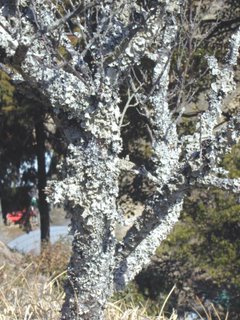 apricot branches reaching toward the sky - late spring snow 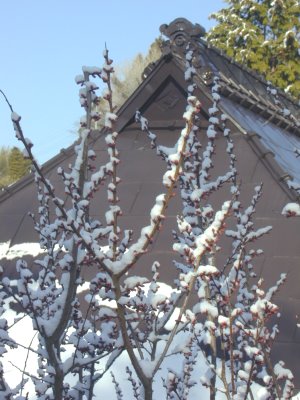 |
Read more haiku from
April 2006
March 2006
February 2006
***************************
Please send me your contributions
To the Daruma Museum Index
To the WHC Worldkigo Database
To enjoy on a rainy day !
To enjoy on a sunny day !
My Haiku Gallery of Life in Japan
All Haiku and Photos are Copyright © by Gabi Greve, unless quoted otherwise.
Gabi Greve, Darumamuseum, Japan
 apricot branches reaching toward the sky - late spring snow  |
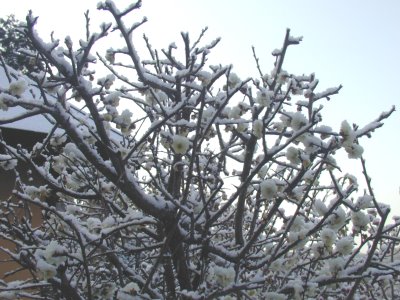 plums in snow ! shades of white on my canvas  |
 the soil coughs, pushing blossoms into spring . Haiku © by Robert Wilson . |


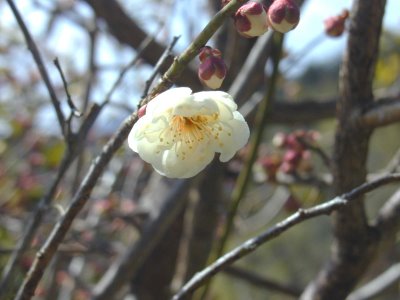 梅一輪 一輪だけじゃ 春寒し ume ichi rin ichi rin dake ja haru samushi  one plum blossom just one blossom - spring is still cold |
This morning we had a radio interview starting at seven in our garden, looking for spring in our area, but it was still very cold ! And I had to cite one haiku on the spot.
I was reminded of this famous haiku:
Ume ichi-rin ichirin hodo no atatakasa
Hattori Ransetsu (1654-1707)
one plum blossom
brings us just one more
step to the warmth
(Tr: Gabi Greve)
. Radio Interview March 2006 .
:::::::::::::::::::::::::::::::::::::::::::::::::::::::::::::::::::::::::::::::::::::::::::::::::::::
Tensaku by Susumu Takiguchi
This haiku poses a number of interesting questions, one of which is what is called 'honka-dori'. Strictly speaking, this is a technical term for waka and renga, and later was also adoped for haikai-no-renga with specific rules about its use. It therefore is not really a term to be used for haiku but nevertheless people do. Honka in honka-dori, also called moto-uta, means an original poem (if it is an original text or episode, it is called hon-setsu).
Honka-dori is an action to write a new poem but alluding to a honka. Such allusions, it seems, are banned or shied away in the American-led haiku trend but it is an integral and most legitimate part of Japanese tradition. Basho used this technique all the time, so much so that one gets under the impression that every other haiku by him is an allusion.
As Gabi has explained, this haiku is alluded to a haiku by Ransetsu, which is so famous that it is in the 'flesh and bone' of all Japanese and ranks as high as a group of masterpieces which include Basho's old pond haiku. Ume (plum, Prunus mume) represents that part of the time of the year which sits between winter and spring, or more precisely in the overlapping period of the two seasons. It therefore presupposes the possibility of the remaining cold from the winter, even if the kigo itself is for spring (of course it also depends on different varieties of ume, some bloom early, others late).
Ransetsu's haiku is like either saying that the cup is half full or half empty, i.e. saying the same thing from different viewpoints. Namely, it is talking about the warmth which increases day by day but by so doing it is also implying that coldness still lingers. Here, the kigasanari (double kigo) is seen between ume and atatakasa (warmth), both of which are kigo for spring but it is applied with care and therefore the result is very effective.
Honka-dori can become a mere parody which is of less literary merit. Gabi's haiku is not a parody but verging dangerously on it. What can make it not so?
In Gabi's haiku, there is also kigasanari, ume and haru samushi (also, haru-samu, samuki-haru, shun-kan, ryou-sho). Since the remaining coldness is given, as explained above, there should be more to be done with the kigo haru samushi.
Also, as previously pointed out, there is a slight mixing of kogo and bungo, and I would just like to keep recommending Gebi to go on studying bungo.
(This is a project dealing not with haiku in English but in Japanese. But it may be useful to point out that the word 'blossom' seems to be more commonly used as a collective noun, or even talking about individual flowers it seems more common that it is used in plural form, i.e. blossoms. So, it is normally either 'blossom' as a collective noun or 'blossoms'. Therefore, it would be safe to use the word 'flower' instead. However, I must ask native-speakers of English for right answers)
Thus my TENSAKU for this haiku is:
ume ichirin
ichirin dake ja
mada samui
(all in kogo)
or
ume ichirin
ichirin naredo
yo-kan ari
(all in bungo)
ume ichirin
ichirin ni shite
sae-kaeru
........
Kengin, Susumu
Thank you so much, Susumu sensei.
I like the koogo 口語 better, but I will work on my bungo !
A few days later we even had snow on the plums !
plums in snow !
shades of white
on my canvas
:::::::::::::::::::::::::::::::::::::::::::::::::::::::::::::::::::::::::::::::::::::::::::::::::::::
. WKD : Plum blossoms (ume)
[ . BACK to WORLDKIGO . TOP . ]
:::::::::::::::::::::::::::::::::::::::::::::::::::::::::::::::::::::::::::::::::::::::::::::::::::::
 spring sunshine - young buds sprouting from the dry earth 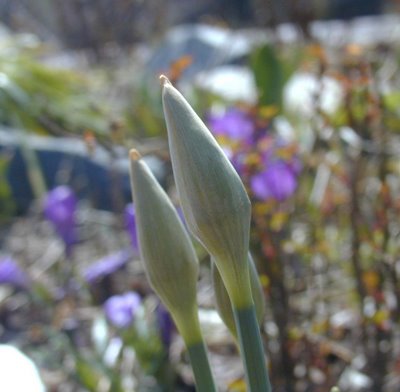 For my friends in Kenya, who are trying their hand at haiku. |
BAHATI Haiku Club, Kenya
Kenya Haiku Discussion Forum
Kenya Saijiki
Click on the first photo to read more of the Bahati Haiku Club activities.
March 2006
***************************
Please send me your contributions
To the Daruma Museum Index
To the WHC Worldkigo Database
 spring is a-comin' ! the shadow of seeds on a wall ooo ooo ooo ooo ooo ooo ooo ooo a star of autumn left in the weeds - spring is a-comin' !  |
The atmosphere is indeed more like autumn.
Photos taken in March 2006, though ! :o)
Read more of my Haiku from March 2006
***************************
Please send me your contributions
To the Daruma Museum Index
To the WHC Worldkigo Database
| 天の邪鬼 春の日差しに 悪さなし 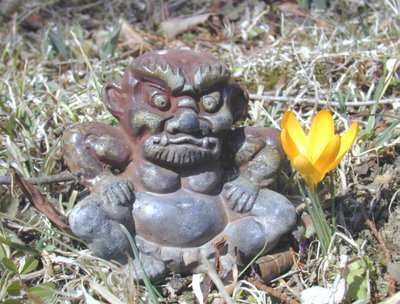 you can't do harm in the spring sunshine - pretty monsterlin |




| ミツバチも 黄線の蜜 飲みにけり 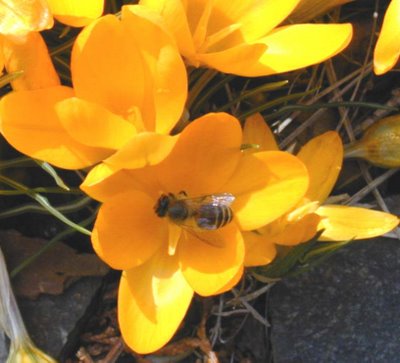 a first bee - sipping from the yellow spring  erste Biene - wir trinken von den Gelben Quellen |
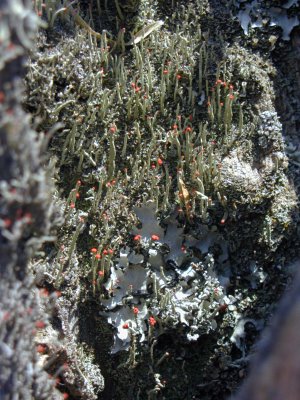 an old root cradling new life - spring sunshine  The red dots are not even one milimeter in size. |
| 雑草や 道端の春の 色となり 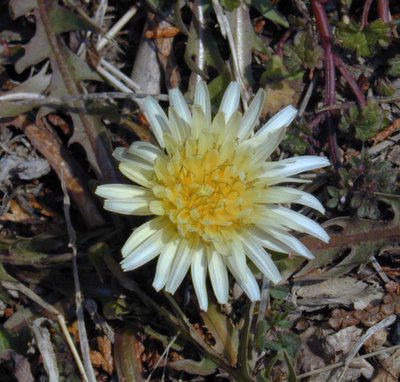 all the colors of spring - weeds by the roadside |
| 春日差し わが心 空となり 
spring sunshine - my heart becomes the sky |
More Spring Haiku
:::::::::::::::::::::::::::::::::::::::::::::::::::::::::::::::::::::::::::::::::::::::::::::::::::::
[ . BACK to WORLDKIGO . TOP . ]
[ . BACK to DARUMA MUSEUM TOP . ]
:::::::::::::::::::::::::::::::::::::::::::::::::::::::::::::::::::::::::::::::::::::::::::::::::::::
| 木瓜 Quince  ooo ooo ooo ooo ooo ooo ooo ooo  ready to start the circle of life - buds, buds buds  |
:::::::::::::::::::::::::::::::::::::::::::::::::::::::::::::::::::::::::::::::::::::::::::::::::::::
More Haiku from March
World Kigo Database: Quince blossom (boke no hana)
World Kigo Database: Daphne (Jinchooge)
***************************
Please send me your contributions
To the Daruma Museum Index
To the WHC Worldkigo Database
| 三月や まれに見られし 今朝の雪 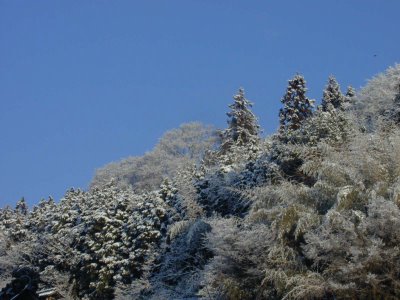 already march ! the sparkling snow of this morning  |
